 Abraham Lincoln
If given the truth, the people can be depended upon to meet any national crisis...
Abraham Lincoln
If given the truth, the people can be depended upon to meet any national crisis...
 Guildford news...
for Guildford people, brought to you by Guildford reporters - Guildford's own news service
Guildford news...
for Guildford people, brought to you by Guildford reporters - Guildford's own news service
Birdwatcher’s Diary No.179
Published on: 22 Jan, 2019
Updated on: 19 Jan, 2019
By Malcolm Fincham
The new year started in its usual fashion for me and a couple of my birdwatching pals.
This year, involving what turned out to be nine miles of walking between dawn and dusk on January 1. The aim was of light-hearted hope to see as many individual species to add to what will be another year’s listing of birds.
With weather remaining dry and overcast, as well as reasonably mild for the time of year, it made for some enjoyable walking within the local Surrey countryside. The only suffering were some of the photos I took in such low light.
Our first stop at Cutt Mill Pond in Puttenham was a good start to the day, seeing a kingfisher as it flew, in its bullet-like fashion, across the lake.
A raft of tufted ducks could also be seen out on the water.
Picking up a few more year ticks, en route as we headed for our next “port of call” at Frensham Little Pond, included a pair of Egyptian geese, sighted in their regular spot near the river-bridge at Tilford.
With a stroll of just over 1.5 miles around the circumference of this 37-acre pond, Frensham Little Pond is not as “little” as it sounds.
On the water we were able to pick out a “raft” of pochard alongside a group of tufted ducks.
On the surrounding heathland we were able to pick out a Dartford warbler.
In the pines around the edges of the lake several goldcrests could be seen and heard.
Both Frensham Little Pond and Great Pond were created in the 13th century to supply fish to the Bishop of Winchester and his court, while visiting Farnham Castle.
A visit to Frensham Great Pond gave us the opportunity to spot the firecrest we had seen there just a few weeks before.
Unfortunately, the great northern diver seen on that occasion had now moved on, leaving just pochards, tufted ducks and an assortment of other species that we had already seen.
Including a host of black-headed gulls feeding on scraps as they circled the mallards being fed by passers by.
A short walk to the outlet pond saw a group of 30 or more siskins feeding on seed cone in the tops of the surrounding alder trees.
At the outlet pond was a small group of mandarin ducks to add to our lists.
While also on the pond were a pair of gadwall to add.
On our return to Guildford, a walk around my local “patch” at the Riverside Nature Reserve near Burpham increased the day’s tally.
Walking along the River Wey towpath, a wintering stonechat could be viewed and photographed perched on some brambles just across the watercourse as we looked across the fields behind Burpham Court Farm .
On the distant “scrape” of floodwater we were able to pick out wigeon, shoveller and teal dabbling on the water.
While a flock of 70 or more lapwings (mentioned in my previous report) circled over the field.
On the nearby Stoke Lake we managed to pick out a common gull among the many black-headed ones on the water.
Flying up from the lake was a cormorant.
Shortly followed by the arrival of a small flock Canada geese.
And the resident young grey heron continued to remain confiding by the reedbeds.
Goldfinches are always a common sight there throughout the year.
It wasn’t until the following weekend that we got the opportunity to venture out once more, continuing our plight to add a few more, as yet, unseen species to to our 2019 list.
Our decision on this occasion was to visit a few reliable sites we had previously visited in days gone by. On January 13 we opted for a visit to Dick Fock’s Common at Effingham forest.
I was pleased to note that light levels had improved, from what had, on the whole, been an overcast January, to date. Those flat, featureless, uniform layer of greyish stratus clouds, although still hanging low in the sky, were actually looking a bit thinner than usual, even showing a few gaps of blue, beyond.
The pine trees stood tall and laden with cones, a prime food source for common crossbills of which we were it the hope of seeing.
We didn’t have to wait too long to hear the “glip-glip” sound of a small flock of them either. Just ahead of us, along the track, they settled high in a tall silver birch.
To our surprise a group of larger finches flew overhead. Instantly recognising them by their shape and underwing bars. We simultaneously called “ hawfinches!” Having seen many last year when a large irruption came to visit the UK.
Following their flight, they landed not too far away, perching up for a while in the top branches of a nearby tree. Counting six and even getting a few record shots was a real bonus for me.
Another unexpected bonus, as we began our walk back to the car, were two ravens flying together, making their evocative “gronking” sounds as they passed overhead.
Stopping off at Sheepleas on our return journey home, we parked up at the lower car park by St Mary’s Church.
Just a short walk from the car we stumbled on what I consider to be some real winter “gems”. A group of small birds could be seen, feeding among the fallen leaves that littered the floor, behind the line of blackthorn, now naked of leaf.
Above the carpet of leaves stood a line of tall beech trees. And below, in the leaves a group of chaffinches could be seen feeding on the fallen beech-mast.
On closer inspection I noticed several bramblings feeding. Peach aventurine breast colours showing well.
On calling my friends back, we counted at least three or four feeding alongside the chaffinches, even managing to take a few pictures for posterity!
Other birds added to our visit and for the year list while there were great spotted woodpeckers, already “drumming” making contact calls to their mates.
Also, having only heard and got brief glimpses of marsh tits at Dick Fock’s earlier that day, I was able to get a photo of one of several calling there.
Meeting up with Dougal at our good friend Bob’s the following morning, allowed us the opportunity of a few more “year” ticks. Bob and his wife being avid feeders of the wildlife around Wood Street Village.
His garden attracts a wide variety of “critters” on and around their feeding stations. One of the most unusual has to be the large gathering of sometimes 20 or more yellowhammers that come in from the nearby fields, in desperation for food during the winter months of the year.
In a rural part of Cobham near the River Mole lies a perfect habitat in a lone oak in a field for a little owl. Although a little distant to view, with a pair of binoculars and watching from a footpath, it’s just enough distance not to cause it a disturbance.
A common sight and sound in the surrounding area is the abundance of rose-ringed parakeets also known as the ring-necked parakeet. Now spreading their wings as a feral population and taking up residence at numerous locations around Surrey.
Some there could already be seen looking for holes in trees to nest in.
A pair of mistle thrushes could be seen, way up in the top of a tree, either side of a mistletoe bush, guarding their spoils from the winter-visiting thrushes.
Redwings being of one such species of thrush, still abundant in number around the Surrey Hills.
With just a little time to spare before darkness fell, we dropped into Papercourt water meadows, near Send, on our journey home.
Having already seen a barn owl and a short-eared owl on a “sneaky” solo visit there just a few days before, I was more than happy to give my palls the opportunity of “bagging” them as a year tick for themselves.
It was only a short while after our arrival that Bob first set “eye” on the “shorty”. It was flying some distance away, high over the pylons, being mobbed by a crow. By the time we had made our return along the path by the river, the short-eared owl had escaped its nemesis and was now quartering the fields, looking for prey.
With still enough time before dark to snap a few photos, I grasped the opportunity.
About the same time a barn owl came out and began to quarter the far end of the field, completing for us what had become a most enjoyable three-owl day.
Recent Articles
- Police Appeal for Help To Find Wanted Man Following Serious Assault
- Letter: More Mayhem – This Time It’s Chilworth
- Letter: Grey Belt Redefinition is a Threat to Our Countryside
- Birdwatcher’s Diary No.333
- Letter: Making a Difference Through Cycling
- City Come Back to Earn an Away Draw
- Highways Bulletin: Farnham Roadworks Update – Changes You Need to Know
- Letter: We Need a Proper Strategy for Building Houses the Nation Needs
- Mysterious Incident in Ferry Lane
- Letter: It’s Mayhem on Local Roads



Search in Site
Media Gallery
Dragon Interview: Local Artist Leaves Her Mark At One of England’s Most Historic Buildings
January 21, 2023 / No Comment / Read MoreDragon Interview: Lib Dem Planning Chair: ‘Current Policy Doesn’t Work for Local People’
January 19, 2023 / No Comment / Read MoreA3 Tunnel in Guildford ‘Necessary’ for New Homes, Says Guildford’s MP
January 10, 2023 / No Comment / Read More‘Madness’ for London Road Scheme to Go Ahead Against ‘Huge Opposition’, Says SCC Leader
January 6, 2023 / No Comment / Read MoreCouncillor’s Son Starts Campaign for More Consultation on North Street Plan
December 30, 2022 / No Comment / Read MoreCounty Council Climbs Down Over London Road Works – Further ‘Engagement’ Period Announced
December 14, 2022 / No Comment / Read MoreDragon Interview: GBC Reaction to the Government’s Expected Decision to Relax Housing Targets
December 7, 2022 / No Comment / Read MoreHow Can Our Town Centre Businesses Recover? Watch the Shop Front Debate
May 18, 2020 / No Comment / Read More




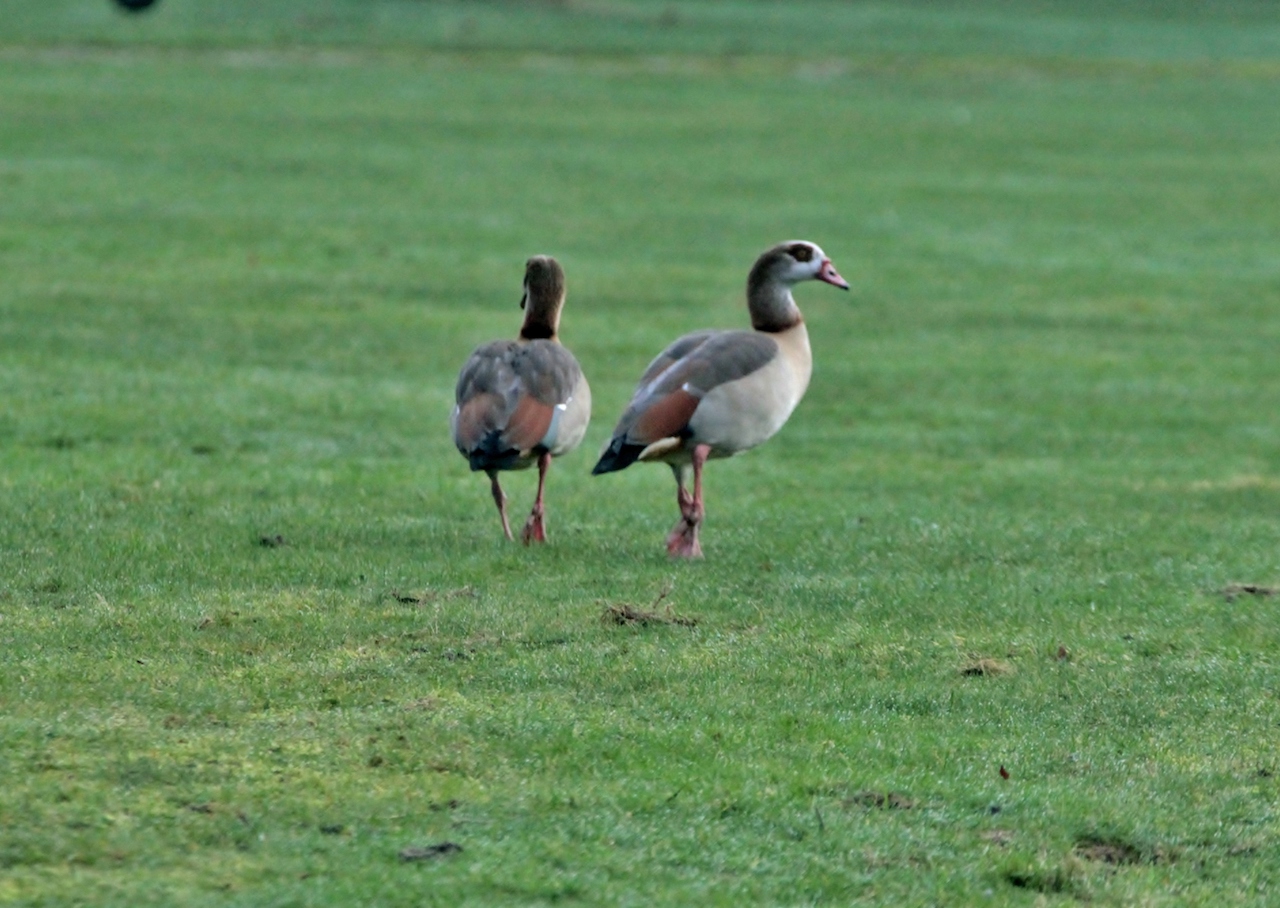

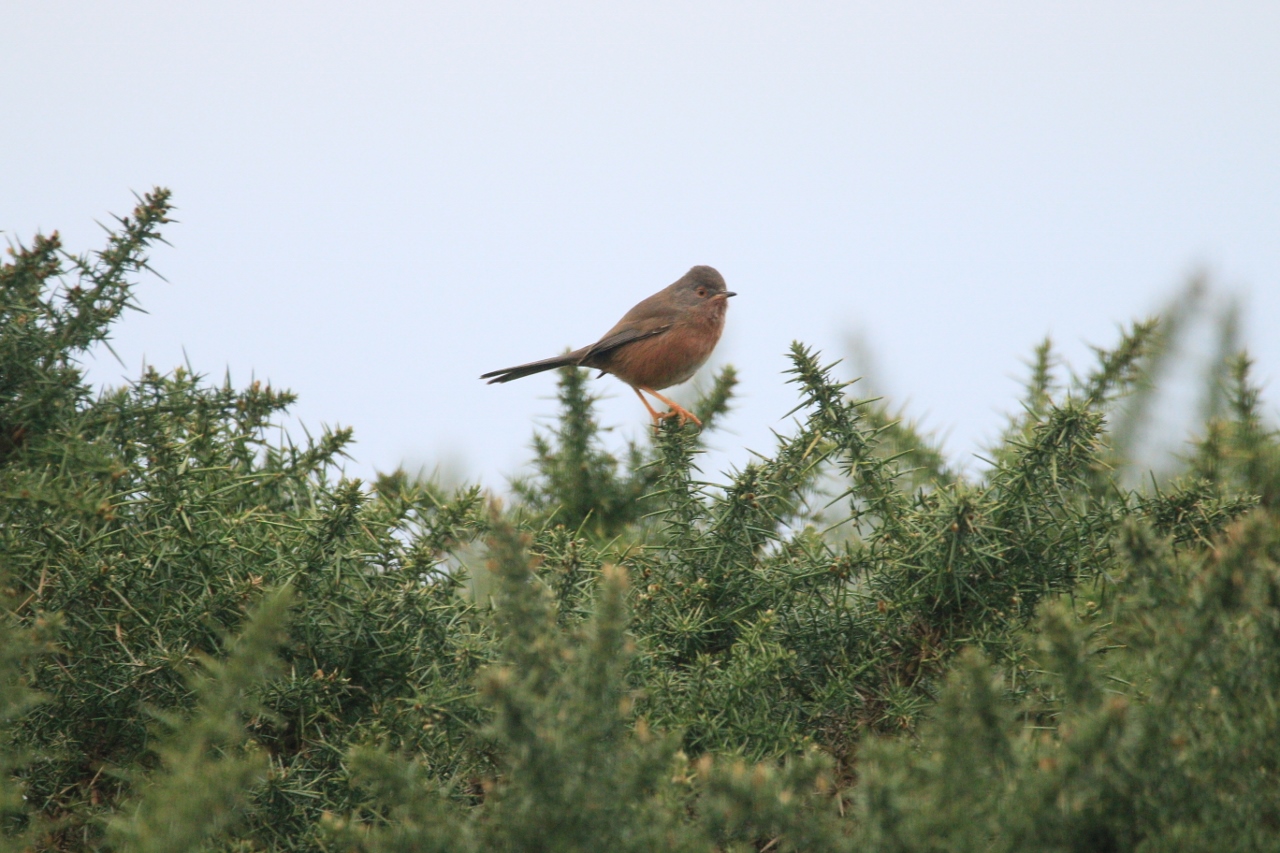
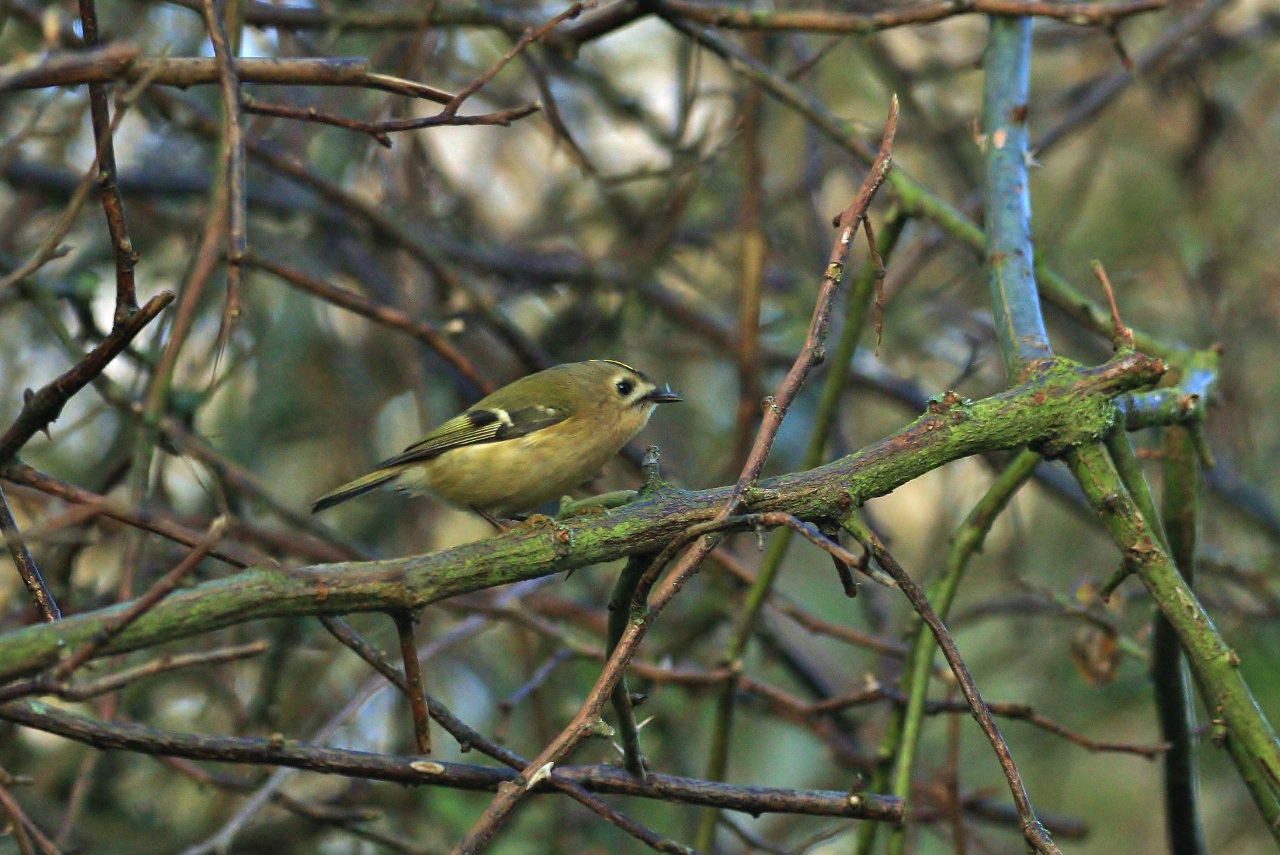
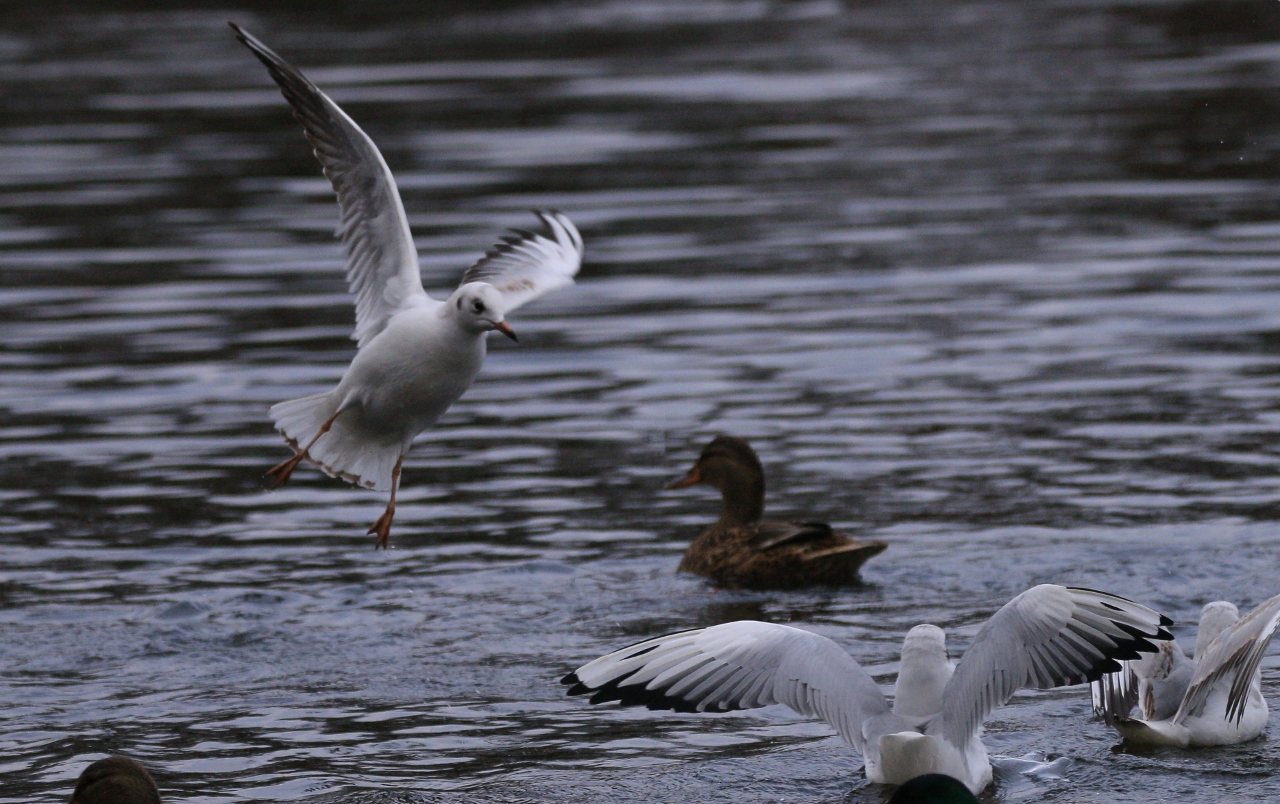
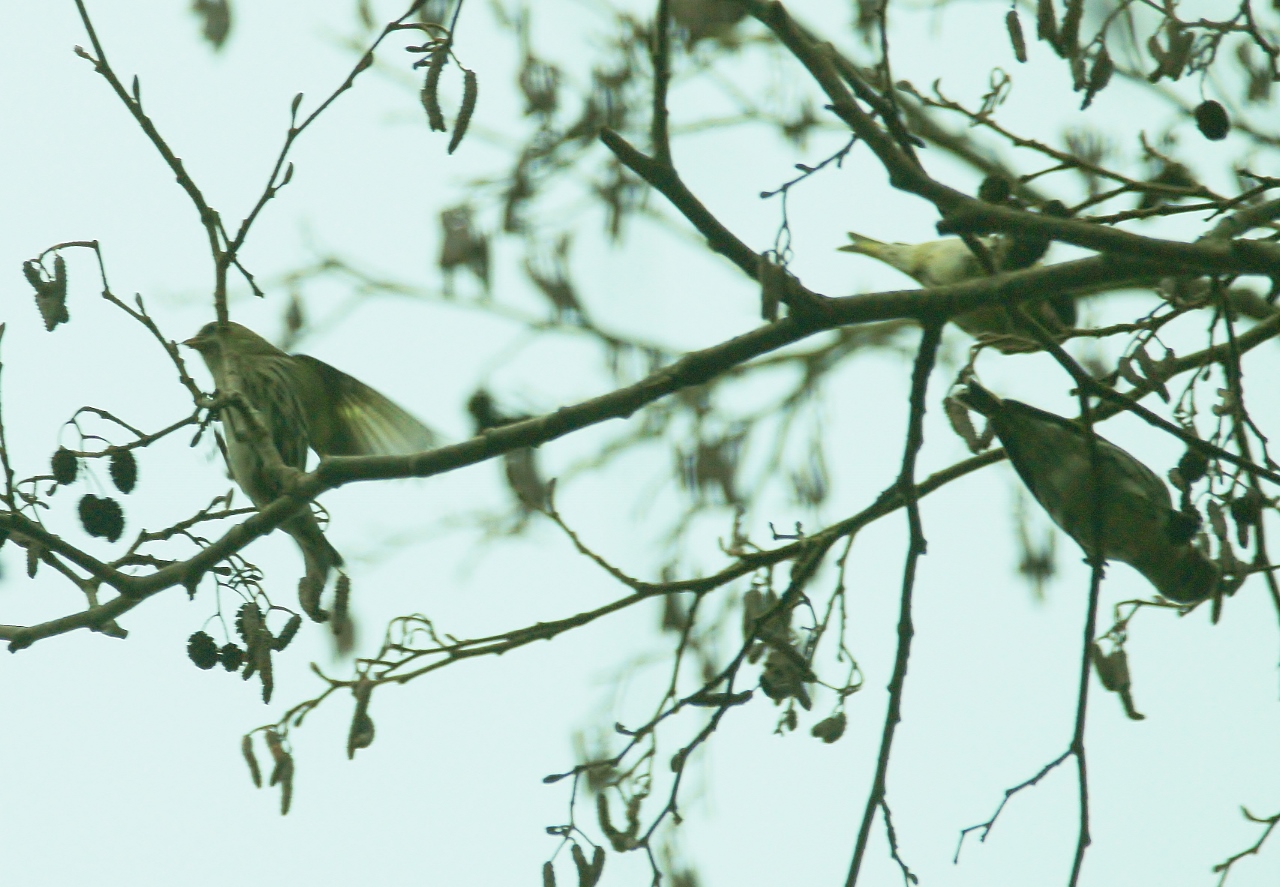

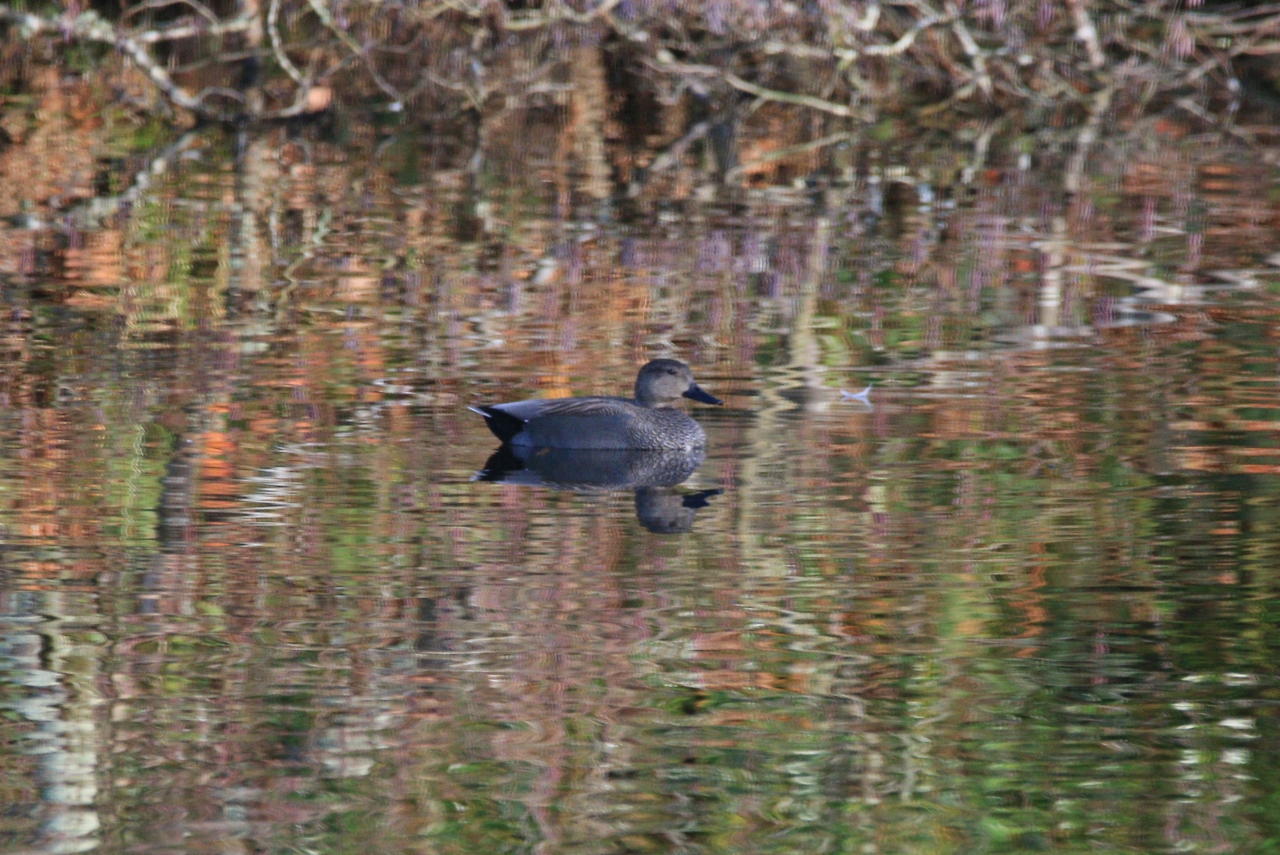

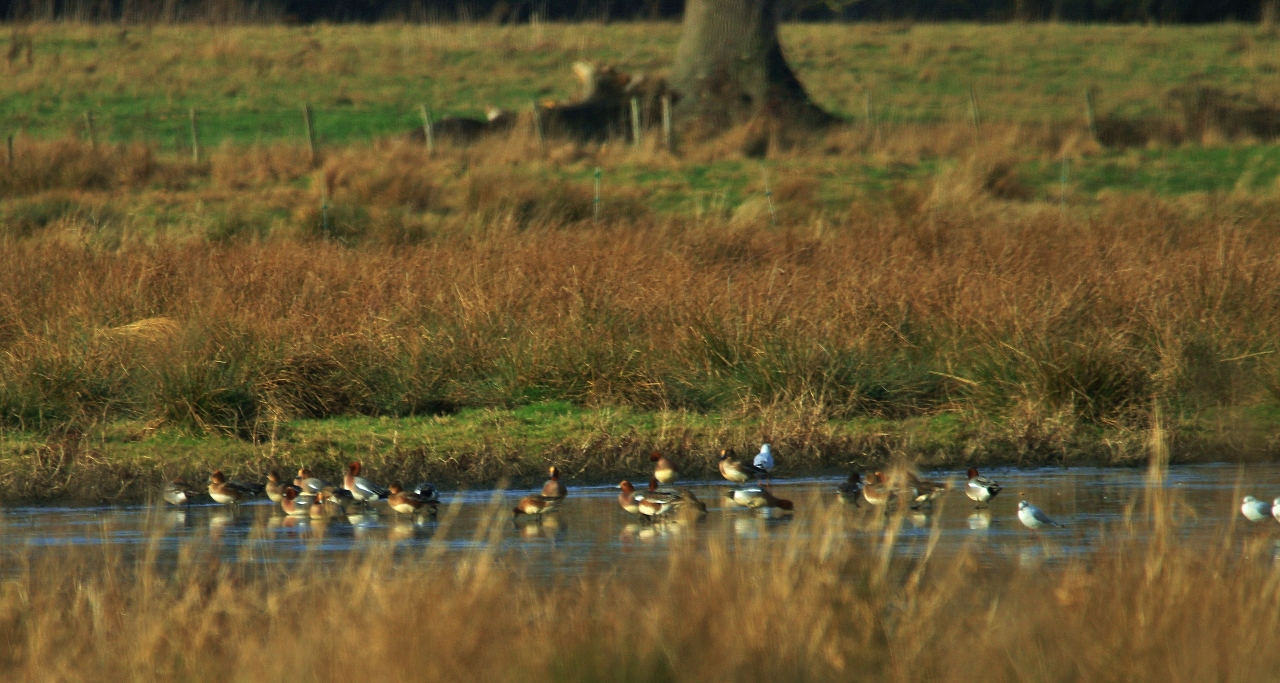



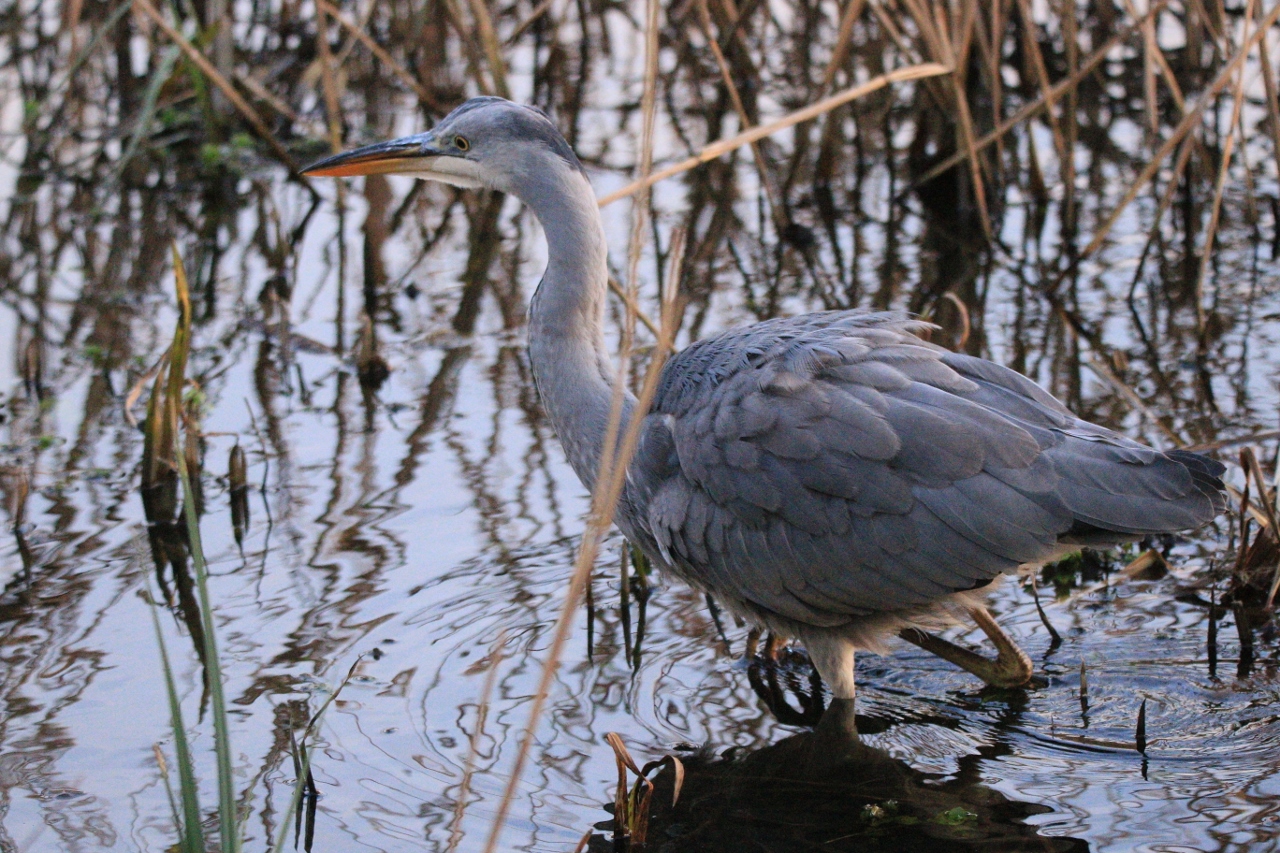

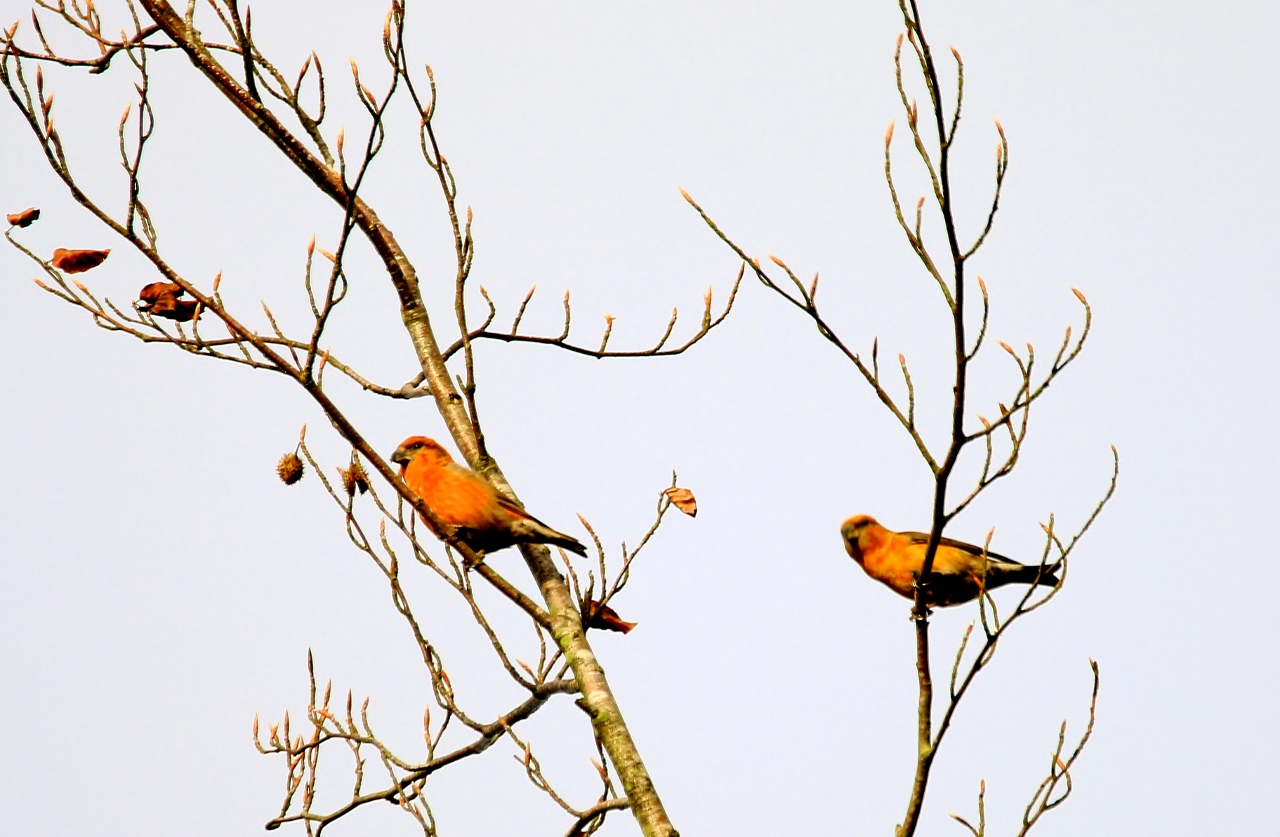
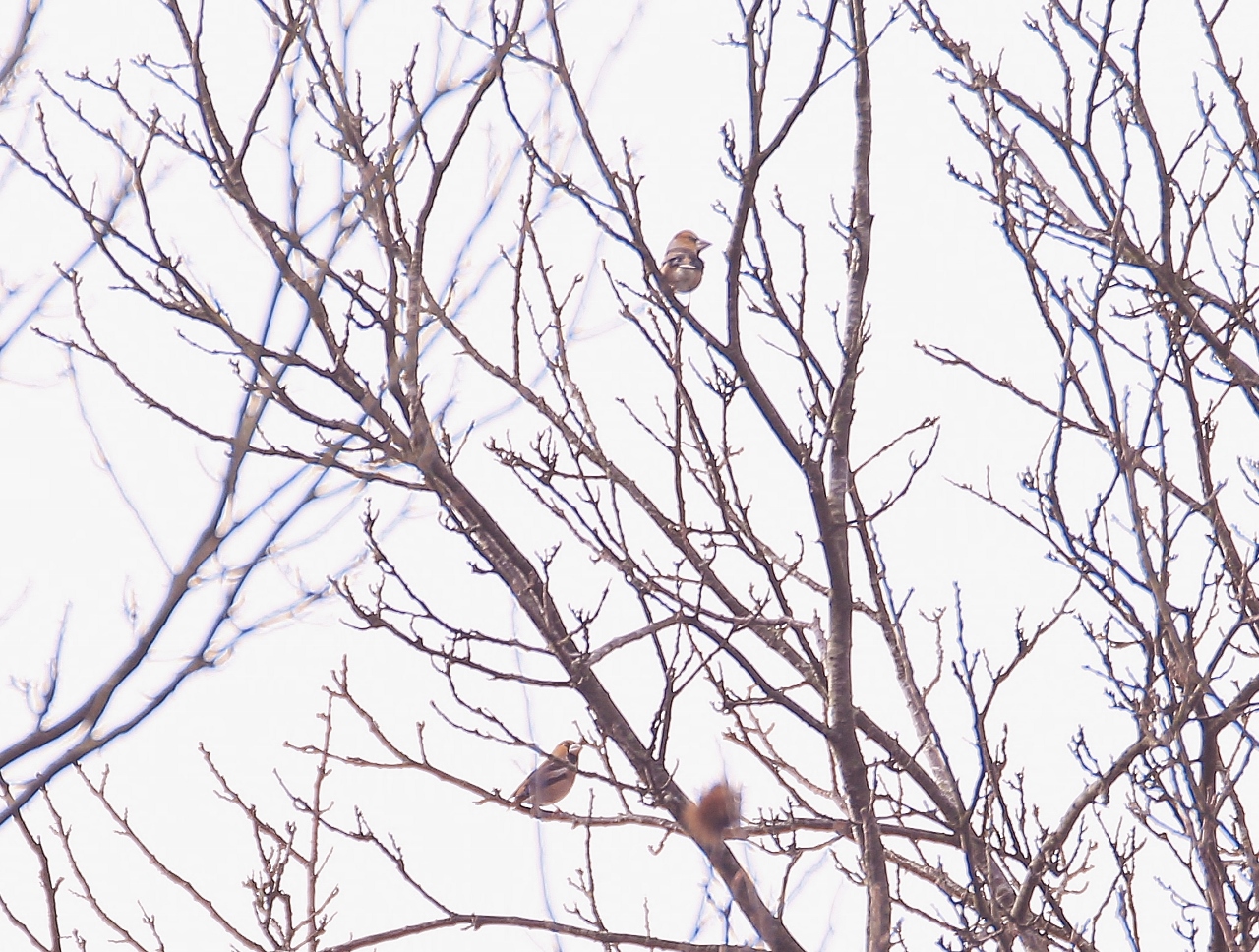

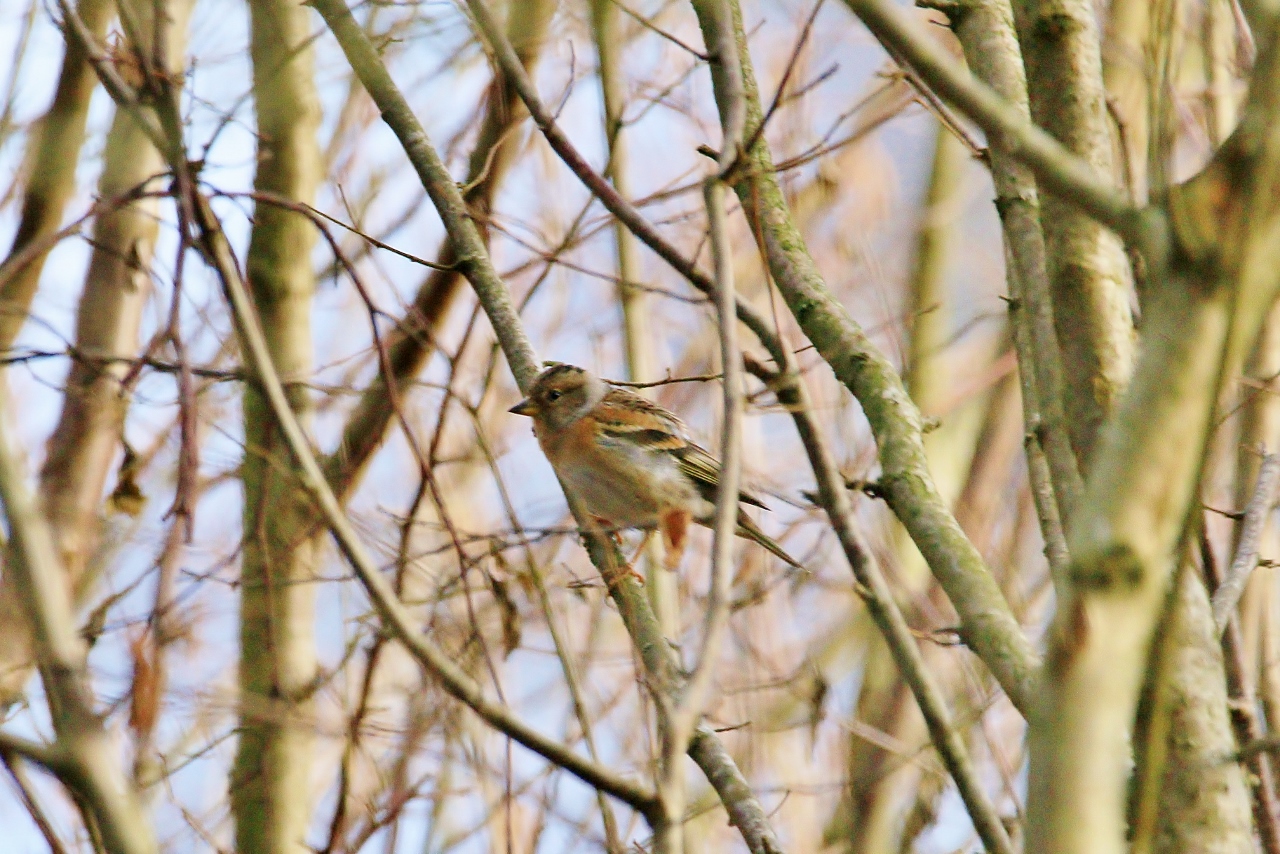

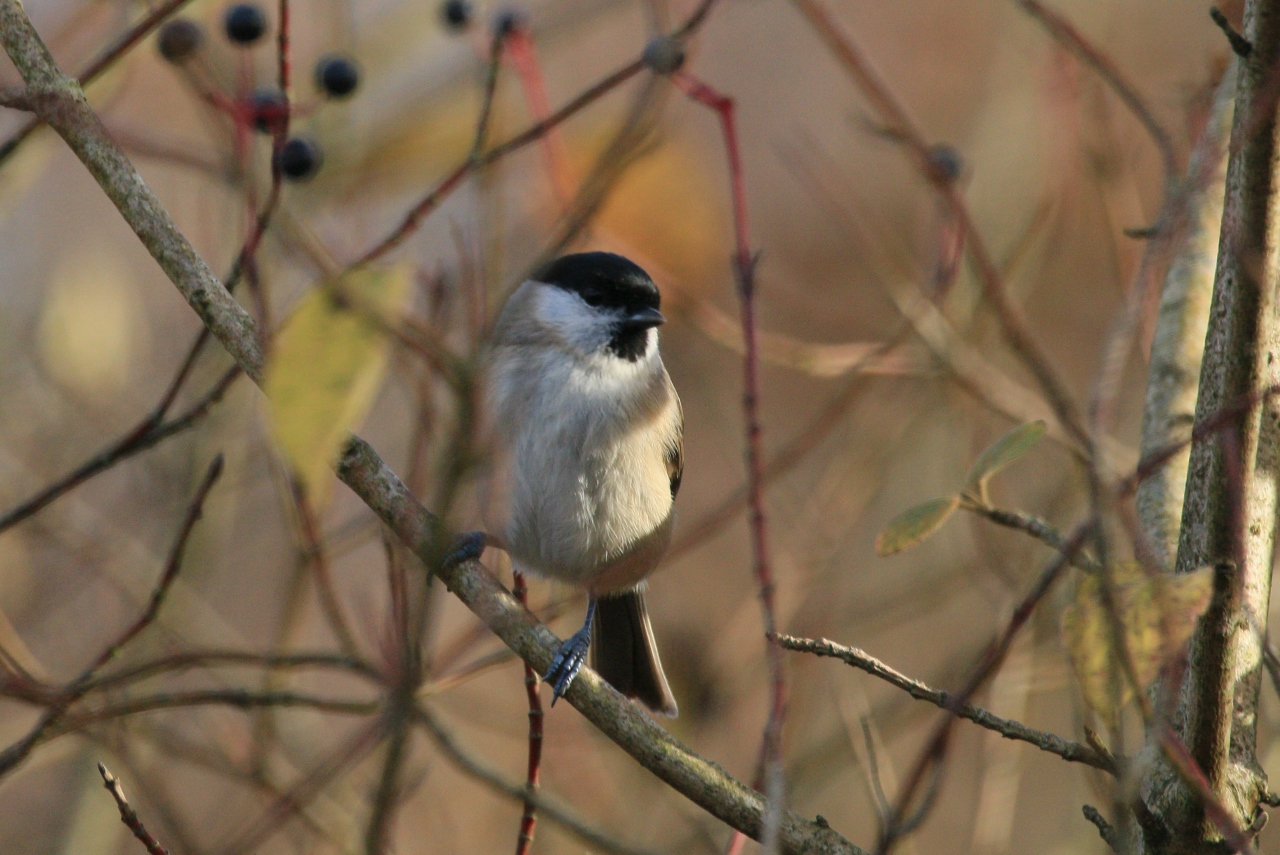
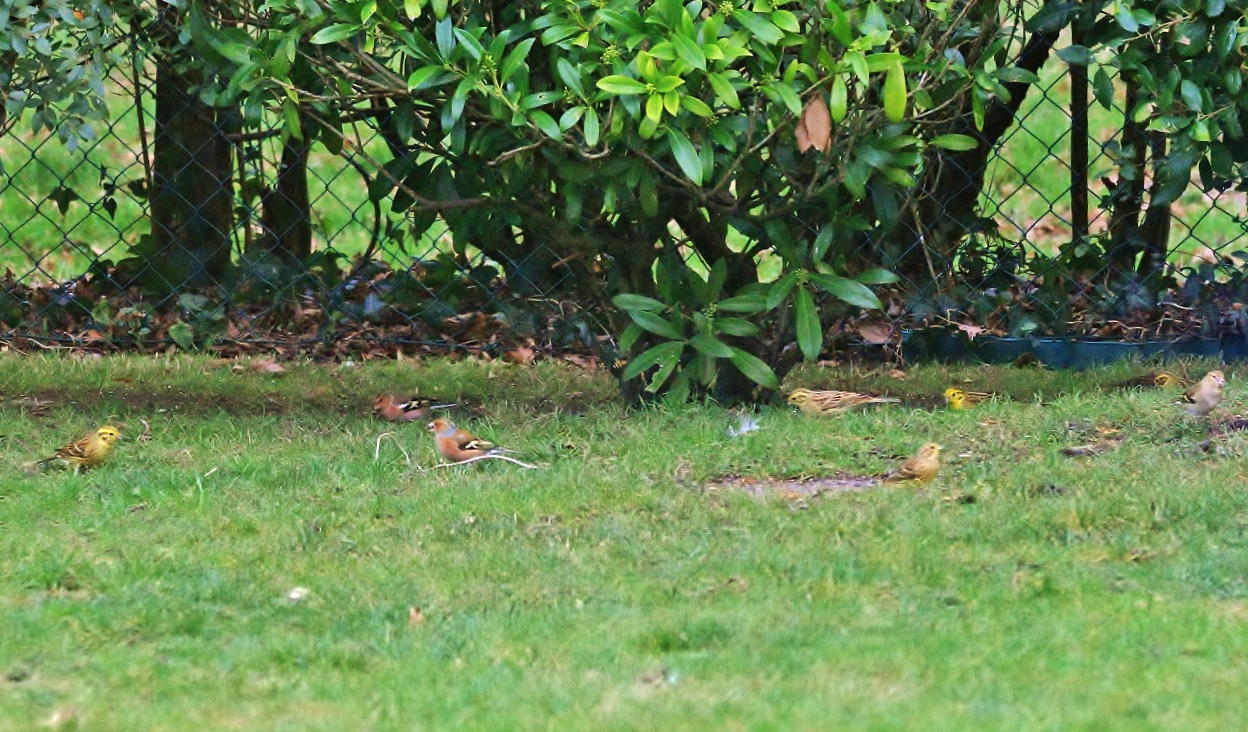

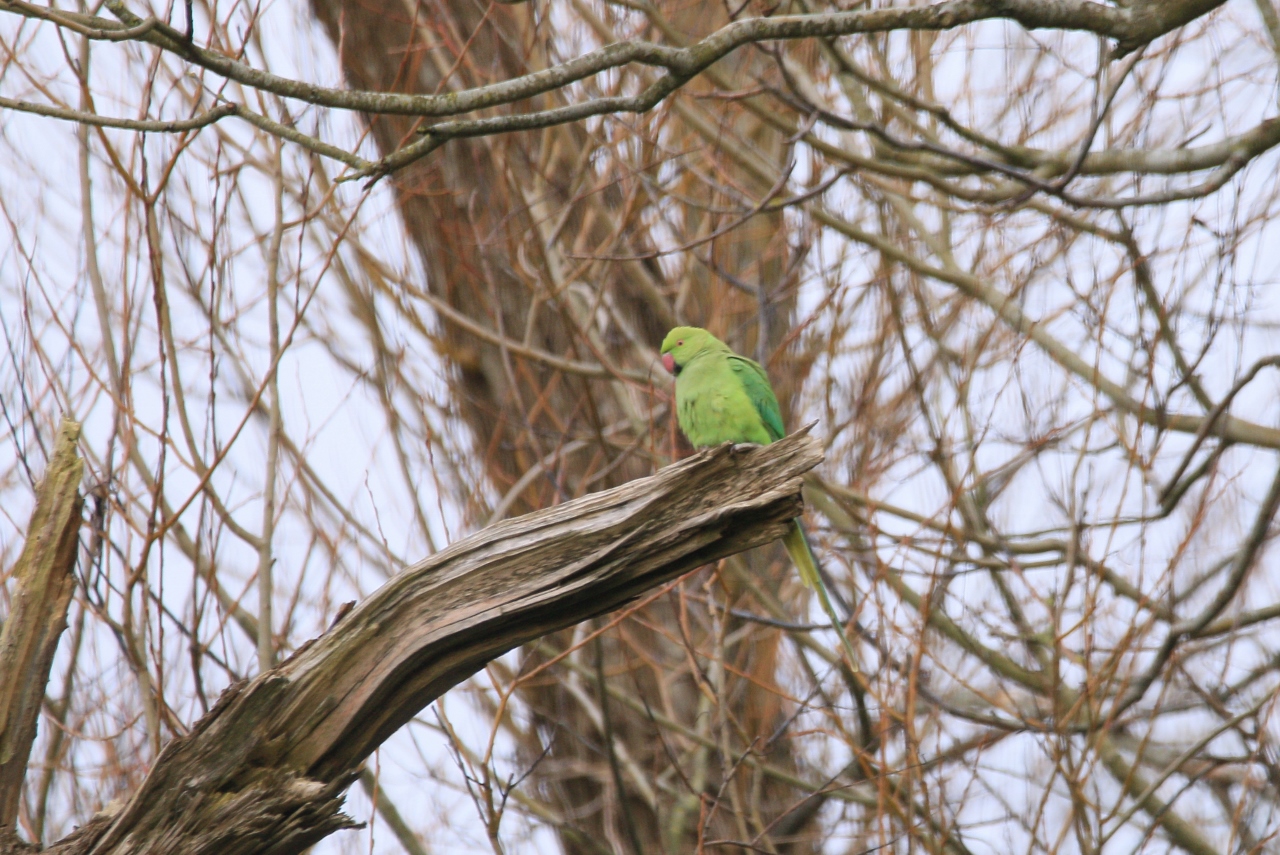
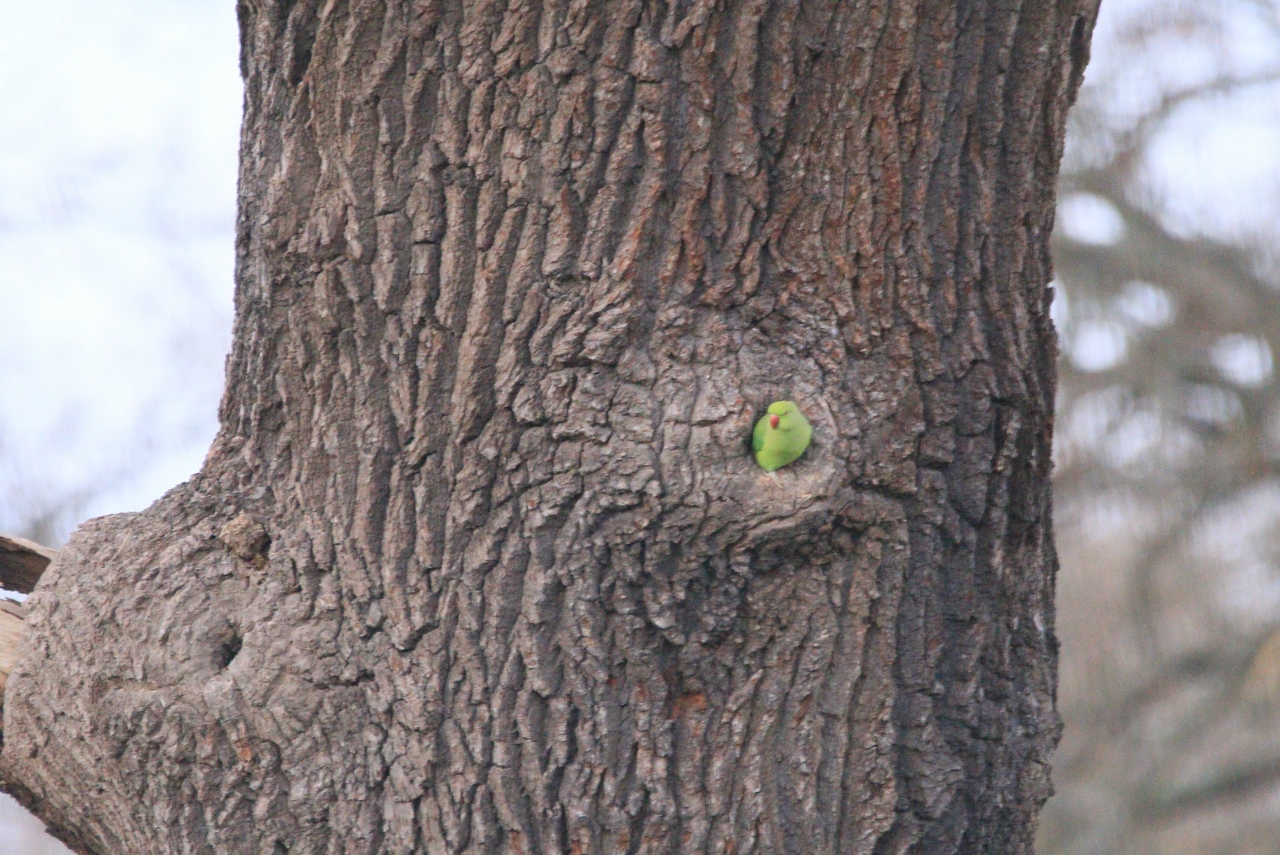



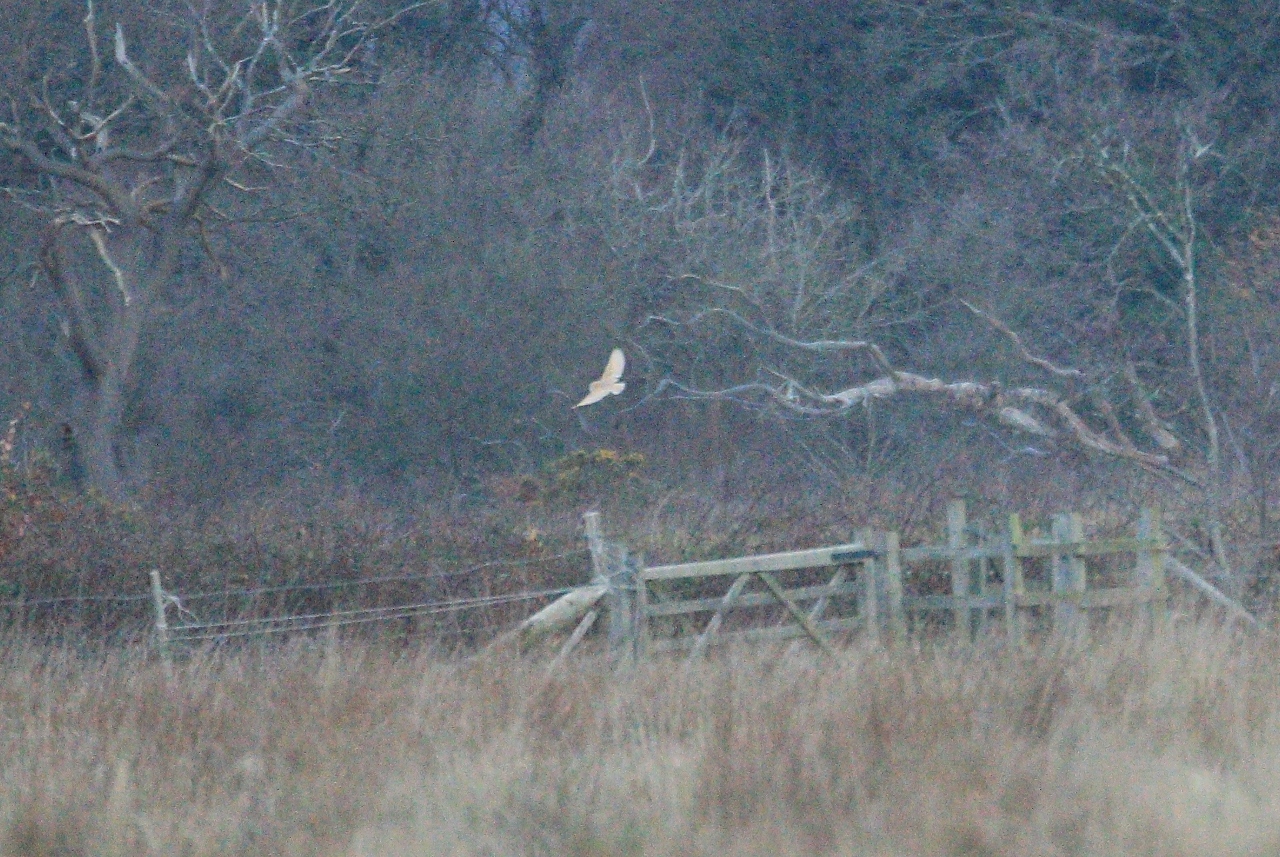








Recent Comments